Ethnocentrism in Peruvian advertising does not represent the local population.
WHEN I WAS about 6 or 7, my mother would take my brother and me to the allergist every Sunday to treat our allergies. I can recall filling a tiny spot in those massive gray armchairs, my legs swinging above the checkered floor. My hair was long and natural, so my mother would braid it to keep it out of my face. I remember one time in particular, we were waiting for the nurse to call us in for my shots and there was a mother and daughter, both white, sitting near us.
I looked over to my mom and asked her, “Mommy, can I be white?”
She looked puzzled, but responded with, “Why?”
I glanced over to the little white girl, who, unlike me, had flowing hair free of rubber bands and barrettes.
“They get to wear their hair down. I want to do that, too,” I looked up at her, wide-eyed and waiting. With her expression, unaltered, she simply rejected my request and never brought it up again.
At the time, I didn’t see anything wrong with asking her this. In retrospect, I’m aware of all the issues that are linked to my early childhood inquiries.
At 21, I was given the opportunity to visit the vibrant country of Peru. The culture is rich, and the people are diverse. It’s a place where one can find people of Indian, African and Asian descent, but as I wandered around cities like Lima on the coast alongside the Pacific Ocean, and Cusco in the tall Andes mountains, the advertisements portrayed the same faces, catering mostly to one type: Europeans.
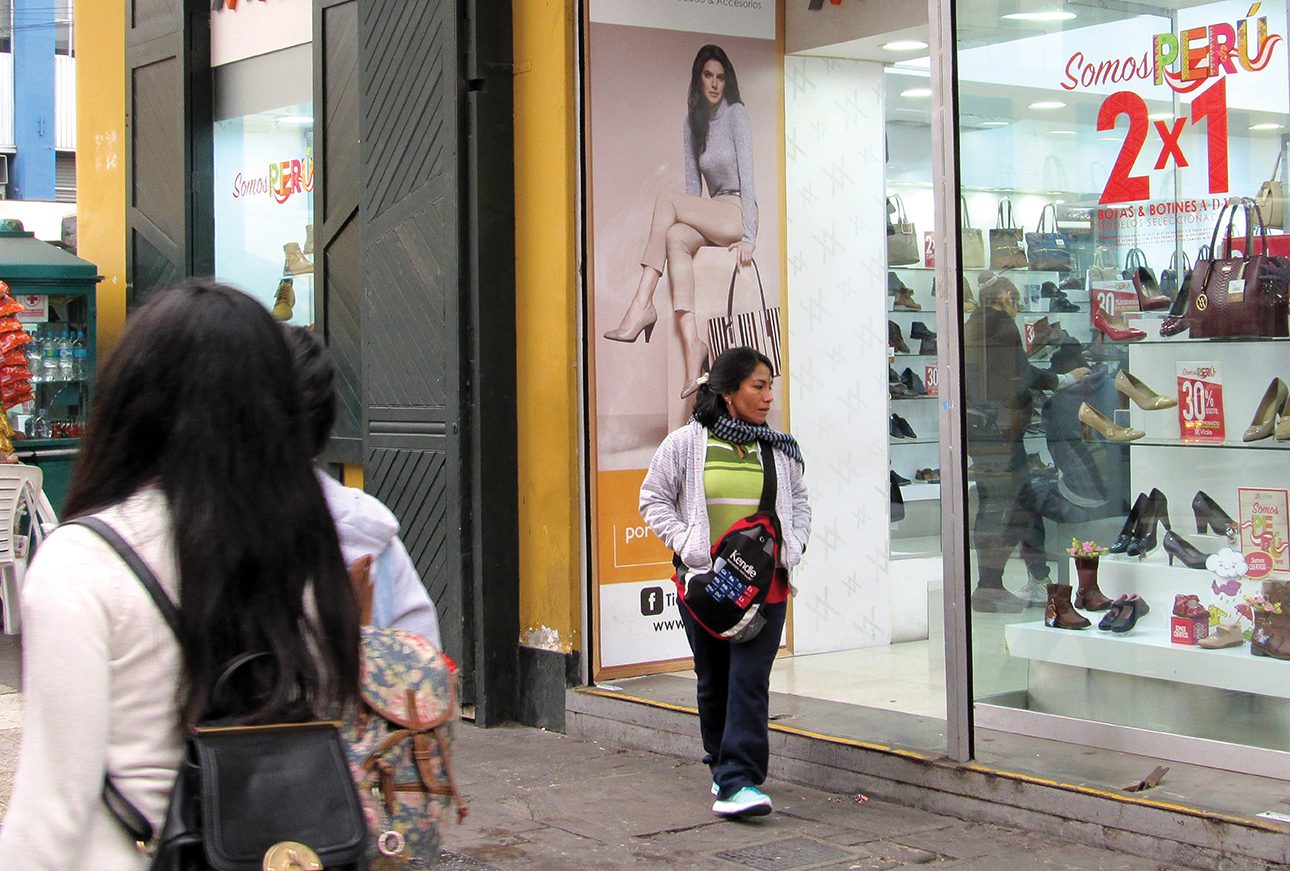
My entire life, it seems, advertisers have been trying to drill Eurocentric beauty standards into the heads of everyone who varied from the “norm.” The Barbie dolls at toy stores looked nothing like me. They were blonde-haired, fair-skinned and light-eyed. Their lips weren’t full, and their hair wasn’t kinky. The commercials on television never featured people who resembled me either, at least not portrayed as the Europeans were: beautiful.
In Peru, I saw ads for everything: restaurants, massage therapy, clothing lines, beverage companies, you name it. It made me uncomfortable seeing how the majority of these ads looked nothing like the locals. It was as if these companies couldn’t find local models, which I don’t believe is true.
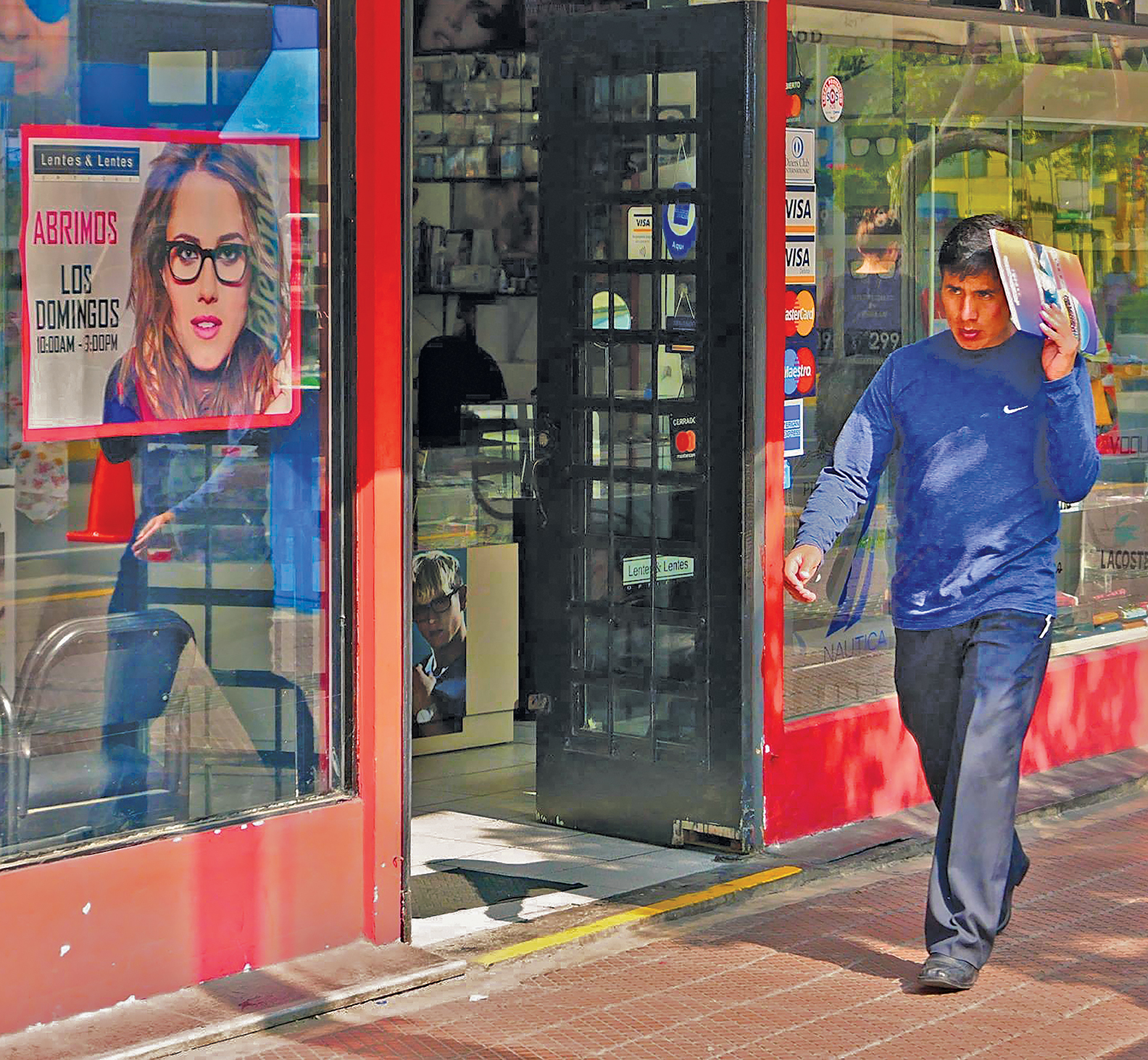

Jacqueline Fowks, a Peruvian journalist and associate professor at Universidad Católica del Perú, has straight black hair and tanned skin. Tall (by Peruvian standards) and slender, Fowks says her mother is of Indian (Native American) and White descent while her father is Afro-Peruvian. She remembers how she felt about her looks during her younger years: “When I was a teenager, during high school and the first years as a student at the university, it affected me a lot.” Her appearance bothered her, saying that looks have to do with identity at that age.
I can relate to Fowks’s comments as I struggle with my identity daily. It’s difficult, being surrounding by “the norm” in real time and also having to be exposed to advertisements plastered with the same slender faces.

Ana Cecilia Gonzales Vigil has blonde wavy hair, fair skin and blue eyes. A world-renowned award-winning photojournalist, Gonzales Vigil has documented the lives of Peruvians over her long career. In regard to the advertisements, she says, “Advertisements do not represent the audiences they are directed to. I believe most ads are based on an ‘aspirational’ approach. Something to look up to.”
Fortunately for her, she’s at peace with her identity and doesn’t allow these out-of-touch beauty standards to fill her head.
Fowks also stated that the advertisements affect the urban areas more so than the rural, but that it would be inappropriate to generalize in such a large country. I can agree with her here as well: It wouldn’t be fair to generalize a nation. If given the opportunity, I’d travel from the most southern part of Peru to the most northern, the rural and urban areas, interviewing person after person and gathering data on this topic. Her words make me want to delve deeper into this subject matter. Is it possible that, even among urban people living on the coast, there are several different identities, and not everyone wants to look like the people featured in the advertisements? It is hard to answer for others.

DePaul University Director of Graduate Programs in Modern Languages Dr. Rocío Ferreira is also from Peru but has been teaching in Chicago for the past 17 years in the areas of Latin American literature and film studies, gender theory and comparative literature. She shares the views of Gonzales Vigil; Ferreira, who has tanned skin and wavy hair, says the ads are “far from reality.” They are directed toward a small group, not inclusive of the plethora of ethnic groups of Peru, she added.
In her opinion, the general population doesn’t feel represented, but because of these Eurocentric ads, “They feel the need to emulate what’s being shown to the public.” Although Ferreira hasn’t fallen into the trap of images presented in these ads, she understands the game they’re playing, and she’s aware of the cosmetic changes some Peruvians are going through to appear less indigenous. Some wear lighter skin makeup foundations, lighten their hair or perm it to make it look wavy.
Who do these Eurocentric advertisements affect the most? Is it the youth? Hopefully, sometime soon, I can return with more answers.



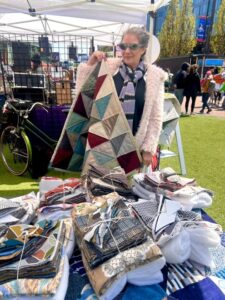
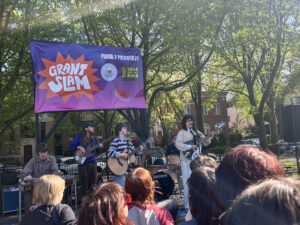



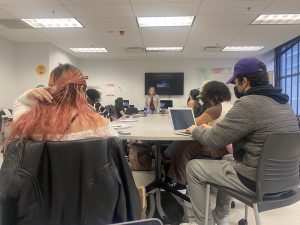


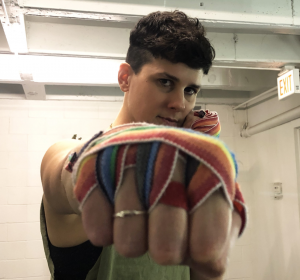


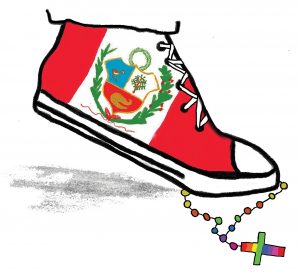





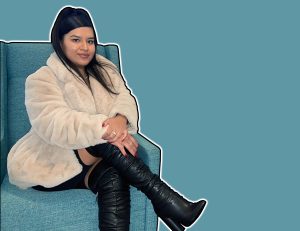
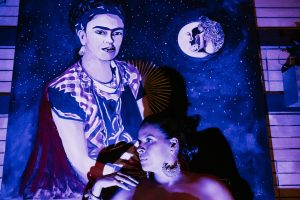

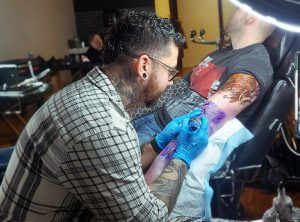
Be First to Comment